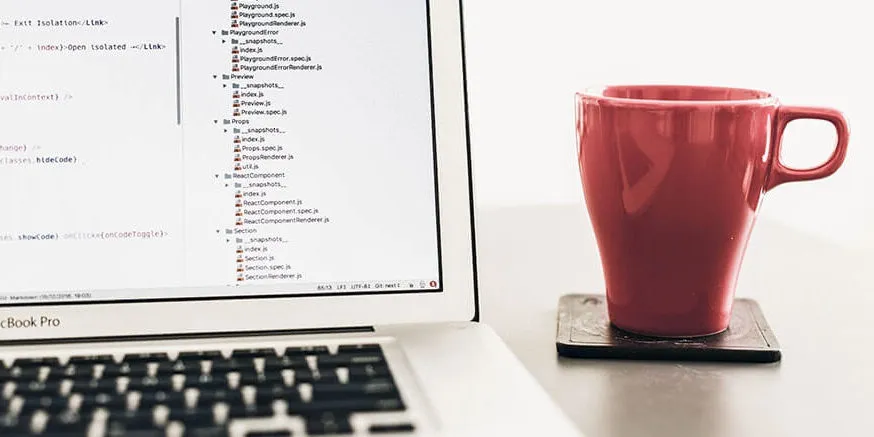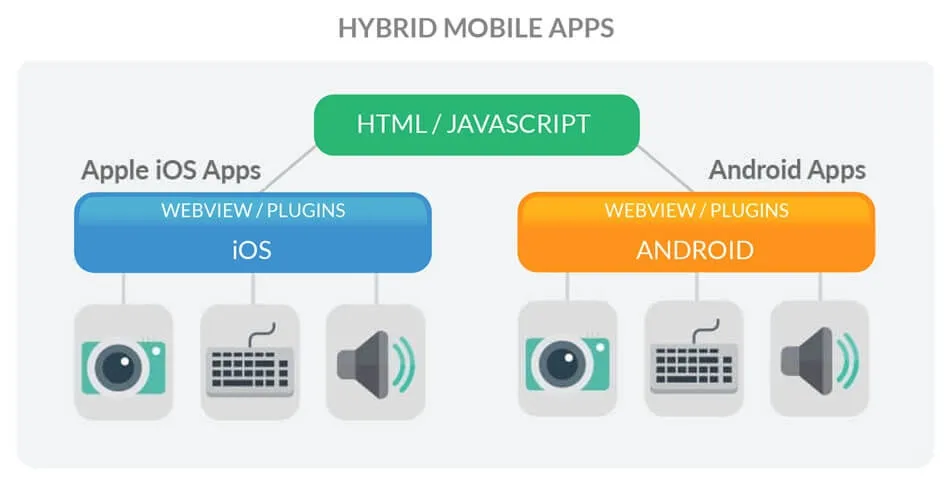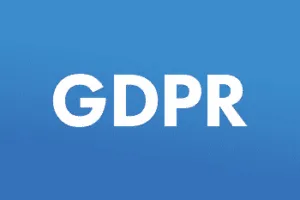It’s been nine years since the Apple App Store made its debut, and eight since the ‘Android Market’, now Google Play Store, was launched. In less than a decade we’ve gone from flip phones with manual keyboards, to carrying around pocket-sized supercomputers with no need for a landline. Despite this previously incomprehensible leap in technology, there’s still a lot to learn and discuss – like the difference between native and hybrid apps, as well as what that really means in 2017.
What Are Native Mobile Apps?
Native mobile apps are written to work on a particular platform, like Android or iOS, but not both. iOS apps use the Objective C or Swift coding languages, while Android apps use Java. In the case of native apps, these languages mix as well as oil and water.
This platform dedication gives native apps the ability to take advantage of the features offered by the platform they’re developed for, but can limit your company’s scalability. For instance, if you wanted to develop an app that works on Samsung and Google phones, you would build a native app for Android written solely in Java.
If your app became successful, you would want to provide it to iPhone users, as well. To do this, you would need to redevelop the entire app for iOS using Objective C or Swift. This means the same app would have to be developed from scratch two times, in two entirely different languages, in order to work on both Android and iOS platforms. Two times the development equals two times the cost and maintenance, so there are obvious, cost prohibitive drawbacks to native development.
Often times, our clients will say, “Wait, I thought native development produced the fastest apps.” Five years ago, we would have agreed wholeheartedly. Now, however, technology has advanced, taking app speed to new levels regardless of which development style you use. Though native apps may be faster, in theory, the differences between native and hybrid apps are imperceptible in today’s architectures.
What Are Hybrid Apps?
Hybrid apps are just that – a hybrid combination of webview (a mobile internet browser) and native components. The way hybrid apps communicate with hardware is slightly more complex because they use webview (powered by Apache Cordova) to translates the code so it works across platforms. Previously, this translation bogged down the app’s performance and hindered the UI/UX because translation took time. These days, the translation happens instantly, causing no hesitation in the app’s functionality.
90% of the code written for hybrid apps works for both platforms, but the remaining 10% is where the ‘native’ piece comes into play. In order to take advantage of each operating system’s unique capabilities, native plugins can be written to fill the gaps. These could be things like enhanced camera options or adding volume controls to external headphones.
Since Android and Apple apps connect to their hardware in different ways, it’s important to write plugins that give the app the extra functionality and aesthetics required to make the user experience truly exceptional on all operating systems. These native plugins provide the stunning UI/UX users enjoy. With Hybrid having one design effort and (for the most part) a single code base, the cost of development and maintenance is significantly reduced. This is a huge advantage over doing two separate native apps for an iOS and Android implementation.
STAX: 7T’s Hybrid App Solution
At 7T, we believe in enhanced hybrid app development. Our platform, STAX, leverages the best of both hybrid and native development styles, by utilizing web browsers where they make sense, and pre-built and custom native plugins (leveraging Ionic and Express JS Frameworks) to give your app beautiful functionality. STAX offers plug-and-play development that cuts development time and costs by 30-40%. This is possible because our developers have already built so many outstanding apps. And, if you need custom functionality, we’re happy to build that too.
And while we pride ourselves on our work, we understand that as your business grows, you may decide to bring app maintenance and updates in-house. Since STAX is open-sourced and employs a coding language that most mobile app developers know, you can have any qualified developer update your code. In fact, at the end of your development project you own all of your app’s code and receive and access to three libraries of open-sourced modules, so you can customize your app as you see fit.
If you’re ready to start your company’s next app development project, let the team at 7T help you decide which development model is right for you. We take a business first approach to every project to ensure that you achieve an outstanding ROI, now and in the future. Our headquarters is centrally located in Dallas, Texas, and we service Houston, Austin, San Antonio and the greater United States. Get in touch with our team today.













